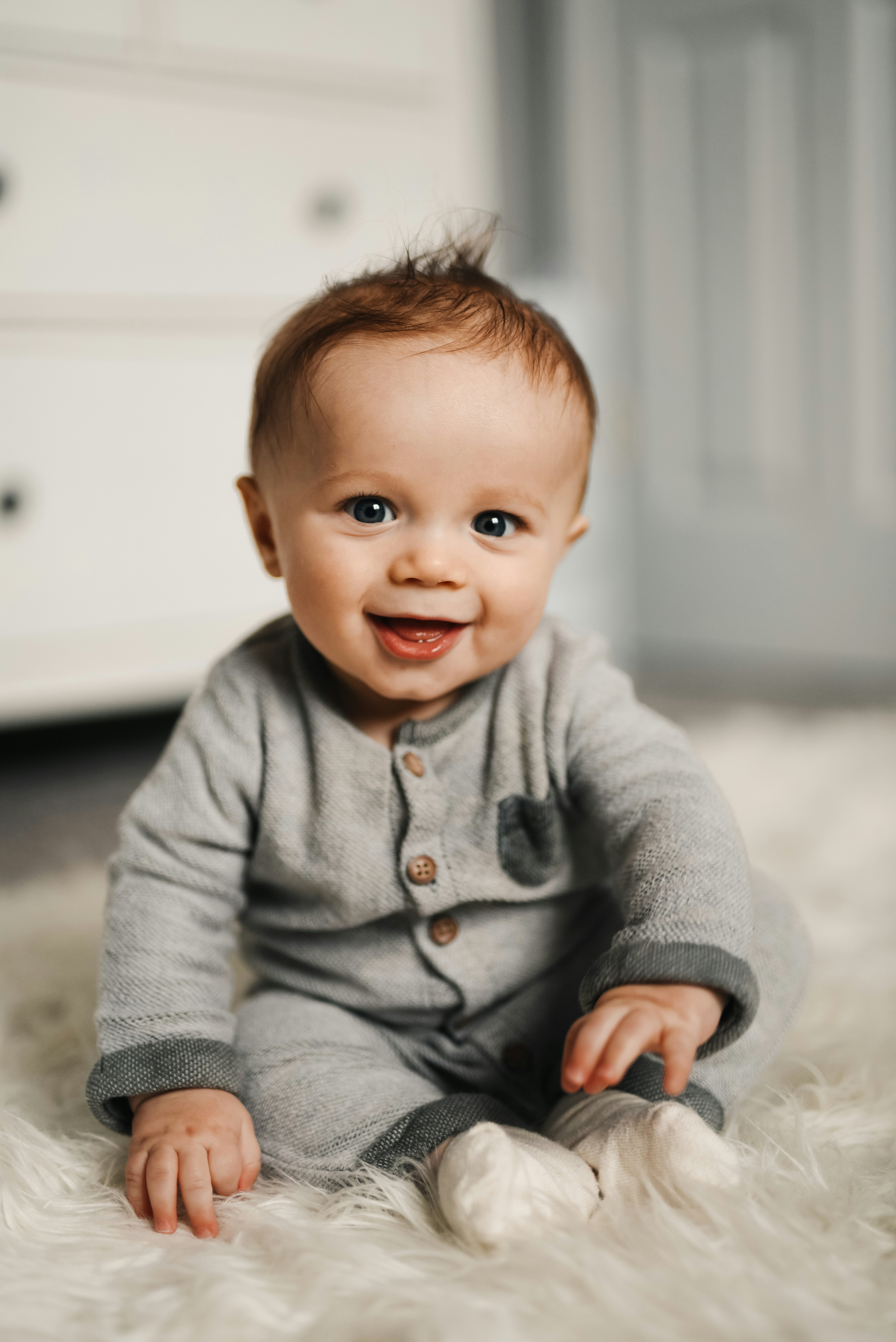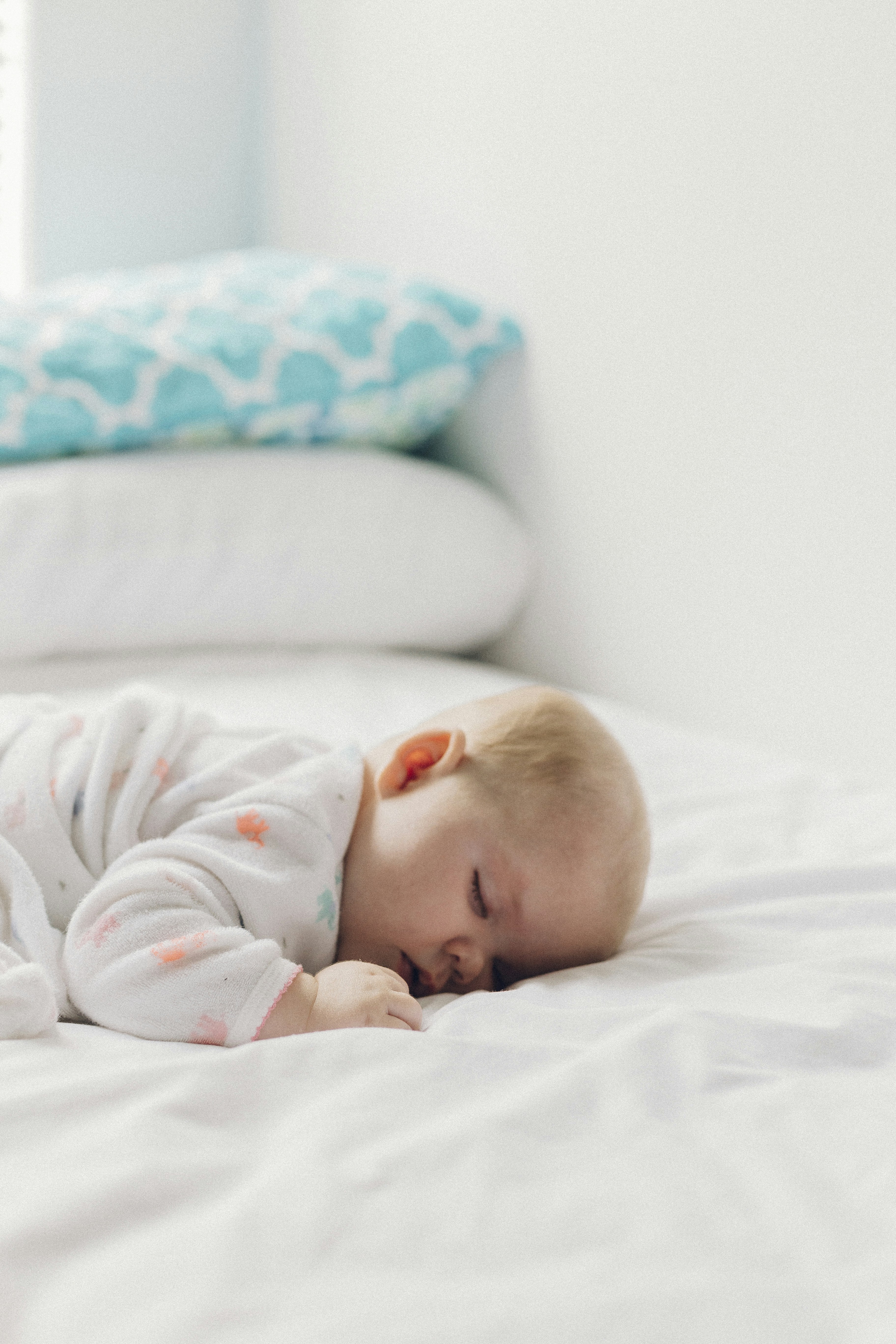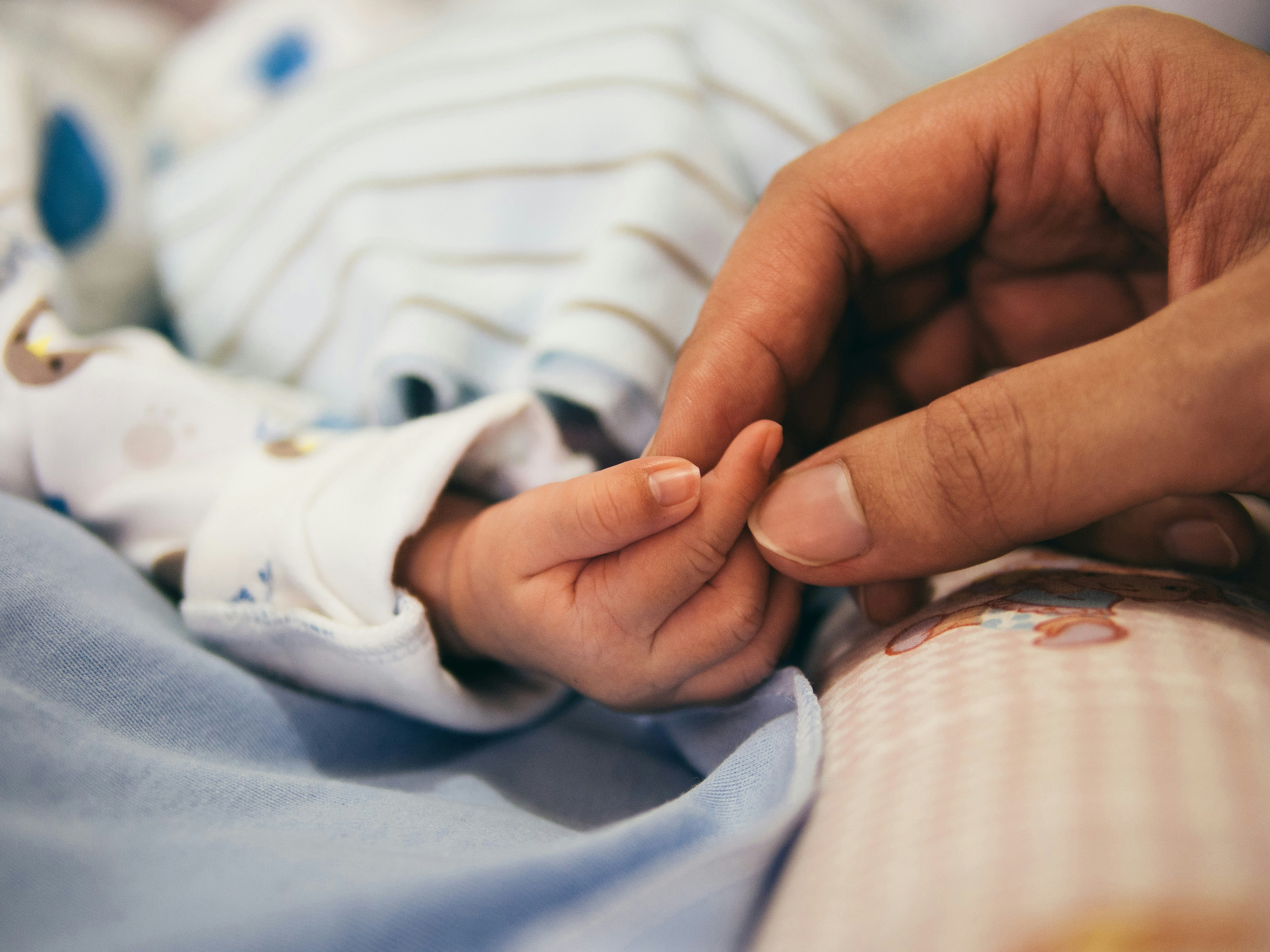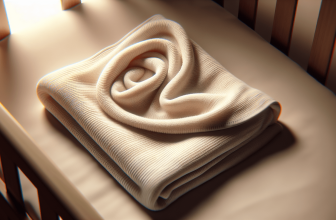As a new parent, one of the many exciting yet nerve-wracking tasks you will face is bathing your newborn. Ensuring their safety and comfort is of utmost importance, and with the help of this step-by-step guide, you’ll have all the knowledge you need to navigate this new experience with ease. From preparing the bath area to handling your baby gently, we will cover everything you need to know to confidently and safely bathe your precious bundle of joy. So grab a towel and get ready to embark on this journey of bonding and cleanliness!
Preparing for Bath Time
Bathing your newborn can be an enjoyable and bonding experience for both you and your little one. However, it is essential to take certain precautions to ensure that bath time is safe and comfortable for your baby. Before you begin, gather all the necessary supplies and create a safe environment.
Gathering the Supplies
Having all the supplies ready before you start bathing your newborn is crucial. Gather the following items:
-
A soft towel or mat: Lay a soft towel or mat in a warm and quiet area where you plan to bathe your baby. This will provide a comfortable surface for your little one.
-
Mild baby soap or cleanser: Choose a gentle soap specifically formulated for babies. Avoid using harsh soaps or adult products that may irritate your baby’s delicate skin.
-
A water thermometer: It is important to check the water temperature before placing your baby in the bath. A water thermometer will ensure that the water is neither too hot nor too cold.
-
Mild antiseptic solution: If your newborn still has an umbilical stump, you will need a mild antiseptic solution to clean the area gently.
-
Clean cloth: Keep a clean cloth nearby to pat the umbilical stump area dry after cleaning.
-
Baby lotion or moisturizer: After bathing, you can apply a gentle baby lotion or moisturizer to keep your baby’s skin soft and hydrated.
-
Diapers and diaper cream: Have clean diapers and a diaper cream on hand to change your baby after bath time.
Maintaining a Safe and Comfortable Environment
Creating a safe and comfortable environment for your baby during bath time is essential. Here are a few tips to ensure your little one stays secure and relaxed:
-
Choose a warm and quiet area: Find a warm and quiet area in your home where you can comfortably bathe your baby without any distractions. Make sure the room is adequately heated to prevent your little one from feeling cold.
-
Check the room temperature: Maintain a room temperature of around 75 degrees Fahrenheit (23 degrees Celsius) to keep your baby warm during bath time.
-
Secure the bath area: If you are using a baby bathtub, ensure its stability by placing it on a flat and secure surface. If you are bathing your baby in a regular bathtub, consider using non-slip bath mats or pads to prevent any accidents.
-
Keep everything within reach: Before starting the bath, ensure that all the supplies, such as soap, towels, and clean clothes, are within easy reach. This way, you won’t have to leave your baby unattended during bath time.
Choosing the Right Timing
Bathing your baby at the right time is crucial to ensure a pleasant experience for both you and your little one. Consider your baby’s mood and alertness levels and avoid feeding right before bath time.
Considering Baby’s Mood and Alertness
Choose a time when your baby is awake but calm and alert. Bathing your baby when they are too sleepy or cranky may not be enjoyable for either of you. Observe your baby’s natural patterns and find a time that works best for both of you.
Avoiding Feeding Right Before Bathing
Feeding your baby right before bath time can lead to discomfort, especially if your little one tends to spit up or have reflux. To avoid any issues, make sure there is a reasonable time gap between feeding and bathing. Aim for at least half an hour after the last feeding before you begin bath time.
Ensuring Water Temperature
Maintaining the right water temperature is crucial to keep your baby safe and comfortable during bath time. Use a water thermometer or test the water with your elbow or wrist to ensure it is neither too hot nor too cold.
Using a Water Thermometer
Using a water thermometer is an accurate way to measure the temperature of the bathwater. Fill the baby bathtub or the regular bathtub with water and place the thermometer in the water. Make sure the water temperature is around 100°F (37°C).
Testing the Water with Your Elbow or Wrist
If you don’t have a water thermometer, you can use your elbow or wrist to check the temperature of the water. Run the water and adjust the temperature until it feels comfortably warm on your skin. It should neither be hot nor cold.
Undressing and Positioning Your Newborn
Before you begin washing your newborn, undress them carefully and position them securely to ensure their safety and comfort.
Laying a Soft Towel or Mat
Place a soft towel or mat on the surface where you plan to bathe your baby. This will provide a padded and non-slip surface, ensuring that your little one remains comfortable and secure.
Supporting the Baby’s Head and Neck
When positioning your newborn in the bath, be mindful of supporting their head and neck. Use one hand to cradle the back of your baby’s neck and head while supporting their body with the other hand. This will ensure that their delicate neck is properly supported throughout bath time.
Washing Your Newborn
Now that you have prepared everything and positioned your baby comfortably, it’s time to start washing your little one. Use mild baby soap or cleanser and follow these steps:
Using Mild Baby Soap or Cleanser
Apply a small amount of mild baby soap or cleanser to your baby’s body. It is best to choose a product that is specifically formulated for babies, as it will be gentle on their sensitive skin.
Gently Wiping the Baby’s Face and Eyes
Using a clean and damp washcloth, gently wipe your baby’s face, starting from their forehead and moving down to their chin. Be extra careful around their eyes and nose, using only warm water and no soap. Use a different part of the washcloth for each section of the face to avoid spreading any dirt or irritants.
Cleansing the Ears, Neck, and Creases
With a clean washcloth and some mild soap, gently clean the outer part of your baby’s ears, being cautious not to insert anything into their ear canal. Pay attention to all the skin folds, neck, behind the ears, and any other creases. These areas can accumulate moisture and need special attention.
Cleaning the Umbilical Stump
If your newborn still has an umbilical stump, it requires specific care during bath time. Follow these steps to clean it gently:
Using Water and Mild Antiseptic Solution
Dampen a clean cloth or cotton ball with water and a mild antiseptic solution recommended by your pediatrician. Gently clean around the base of the umbilical stump, ensuring that you remove any dirt or debris. Do not pull or force the stump to come off prematurely.
Patting the Area Dry with a Clean Cloth
After cleaning the umbilical stump, use a clean cloth to pat the area dry gently. Make sure there is no moisture left around the stump as it may slow down the healing process.
Rinsing and Drying Your Newborn
Once your baby is clean, it’s time to rinse off the soap and dry them carefully to keep their delicate skin moisturized.
Pouring Warm Water Over the Baby’s Body
Using a small cup or your hand, pour warm water over your baby’s body to rinse off the soap. Pay extra attention to the areas where soap residue can easily accumulate, such as the armpits, neck, and diaper area.
Patting the Baby Dry with a Soft Towel
After rinsing, gently lift your baby out of the bath and wrap them in a soft, absorbent towel. Pat the baby’s body softly, ensuring that you remove any excess water and keep them warm. Be careful around the umbilical stump area, gently patting it dry without causing any irritation.
Ensuring No Dampness in the Creases
Take extra care to check your baby’s skin creases, such as the neck, armpits, and thighs, for any dampness. Use a soft towel to ensure these areas are thoroughly dried, as moisture can lead to skin irritation or infections.
Applying Moisturizer and Diapering
After the bath, applying a gentle moisturizer and keeping your baby’s diaper area clean and dry is essential for their comfort and well-being.
Using a Gentle Baby Lotion or Moisturizer
Choose a gentle baby lotion or moisturizer specifically formulated for newborns. Apply a small amount to your hands and gently massage it into your baby’s skin. This will help keep their skin soft and hydrated, preventing dryness and irritation.
Applying Diaper Cream to Prevent Rashes
Before diapering your baby, apply a thin layer of diaper cream to their bottom. Diaper cream acts as a protective barrier against diaper rash, which can be caused by prolonged exposure to moisture and friction. Be sure to choose a cream that is safe for newborns and free from harsh chemicals.
Keeping Your Newborn Safe
Safety should always be a top priority when bathing your newborn. Take extra precautions to keep your baby secure and prevent any accidents.
Never Leaving Your Baby Unattended
Never leave your baby unattended during bath time, even for a second. Keep one hand on your baby at all times to prevent accidents such as slipping or drowning. If you need to reach for something or answer the phone, scoop your baby up in a towel and take them with you.
Keeping All Bathing Supplies Within Reach
To avoid leaving your baby unattended, ensure that all the bathing supplies are within easy reach before you start. This includes towels, soap, washcloths, and any additional items you may need during bath time.
Using Non-Slip Bath Mats or Pads in the Tub
If you are bathing your baby in a regular bathtub, consider using non-slip bath mats or pads to ensure they don’t slip or slide. These mats provide extra traction and stability, making bath time safer for your little one.
Following Bath Time Routine
Establishing a bath time routine helps your baby understand the process and signals that it’s time to relax and wind down for sleep.
Wrapping Your Baby in a Warm Towel
After drying your baby, wrap them in a warm and cozy towel to keep them comfortable. This will also help them feel secure and relaxed, especially if they are going to bed after bath time.
Soothing and Calming Techniques
As part of your bath time routine, incorporate soothing and calming techniques to help your baby unwind. Sing a lullaby, use gentle massage strokes, or softly speak to your baby. These techniques can promote a sense of calmness and relaxation, preparing them for a restful sleep.
Dressing the Baby in Clean Clothes
Once your baby feels relaxed and calm, it’s time to dress them in clean and comfortable clothes. Ensure that the clothes you choose are appropriate for the current weather and that they fit well without restricting your baby’s movement.
By following these comprehensive steps, you can ensure that bath time becomes an enjoyable and safe experience for both you and your newborn. Remember, taking your time, using gentle products, and staying attentive will help create a positive and bonding experience during bath time.











